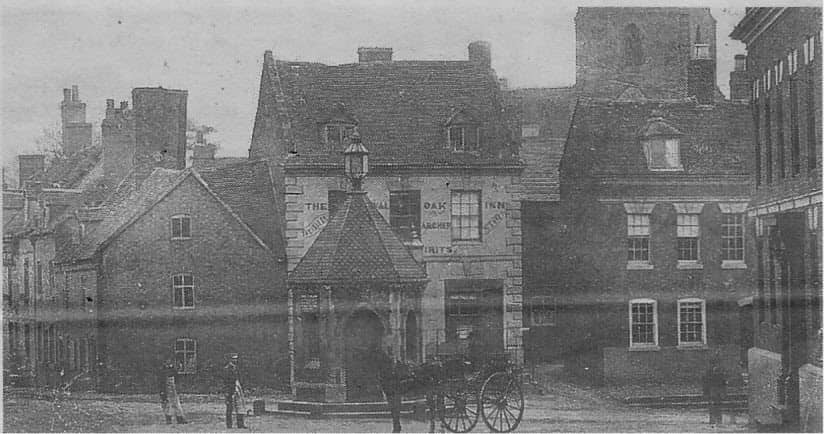
Today, when we move house, a removal van pulls up, our furniture is loaded up and off it goes. It's a time-consuming business. In centuries past many of our predecessors in Sutton did it all in a different way.
There wasn't a train of wagons loaded with furniture passing along the Dam - later known as the Parade - as Suttonians moved house. Instead they just left. They took personal possessions such as clothes with them, but the furniture was left in the house. Before departing, an auctioneer was engaged to sell their furniture and anything else they didn't want and forward the proceeds to them. So when Josiah Wright, the headmaster of Bishop Vesey's Grammar School, departed in 1863, as well as his furniture, 11 tons of manure was left to be sold.
A very busy auctioneer was Samuel Kempson who came from a well-established Sutton family; Kempson Avenue is named after them. Auctions took place in the houses themselves or at pubs, and were well-attended. Landlords were pleased to host them because those who attended the auction would be in need of a couple of pints of ale.
It wasn't just furniture that was sold at these auctions - houses, land and livestock, reflecting Sutton's agricultural status - also went under the hammer. The first recorded auction in Sutton was in autumn 1801 when a house 'suitable for a large and genteel family' and the furniture. of its deceased resident, Mrs Gamble, was sold at the Three Tuns.
The auctioneers issued catalogues and these provide us with an interesting insight into how a well-to-do Suttonian might furnish his house. So, in 1826, we find the 'neat and clean household furniture' of the deceased Charles Nevill included four-post beds with hangings, feather beds, basin stands, mahogany and oak dining and card tables. When Major Watts, a retired army officer, left his residence in Sutton in 1830, he offered for auction on the premises furniture 'purchased new within the last two years and in excellent condition' which included four-post beds 'with the best chintz hangings' and 'prime goose feather beds ... neat painted wardrobes ... (and) a capital eight-day clock with moon dial.'
The auction of the contents of White House Farm in White house Common in 1835 included 100 books.
- Glimpses into Sutton's Past Parts I-III by Stephen Roberts are available on Amazon, £4.99-£5.49.
Associate Professor
Stephen Roberts